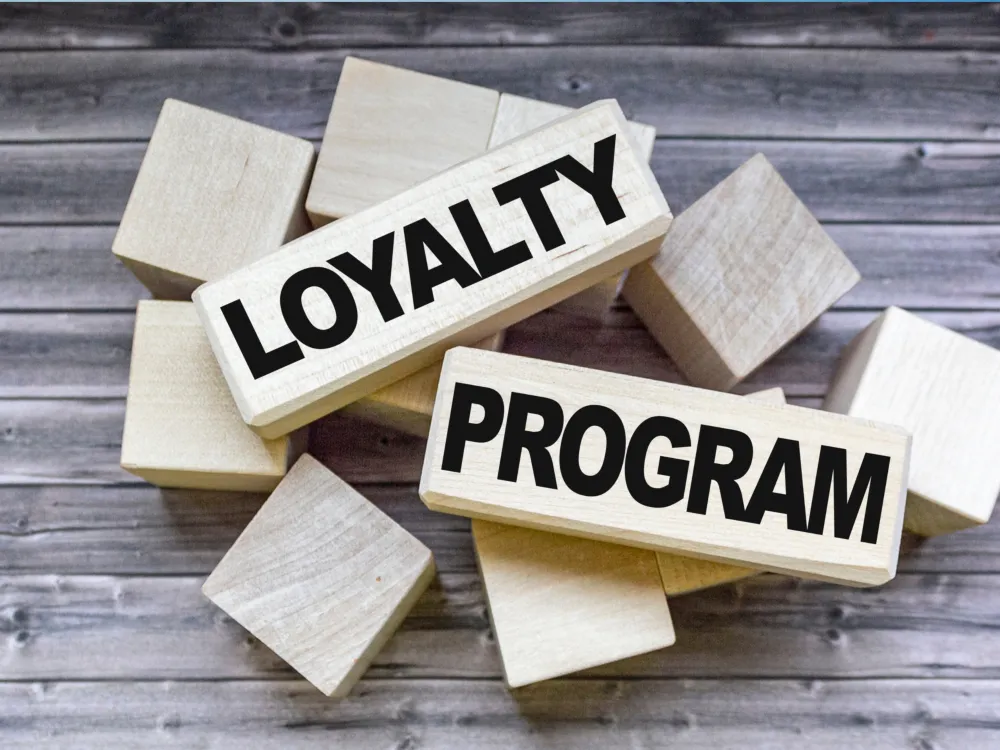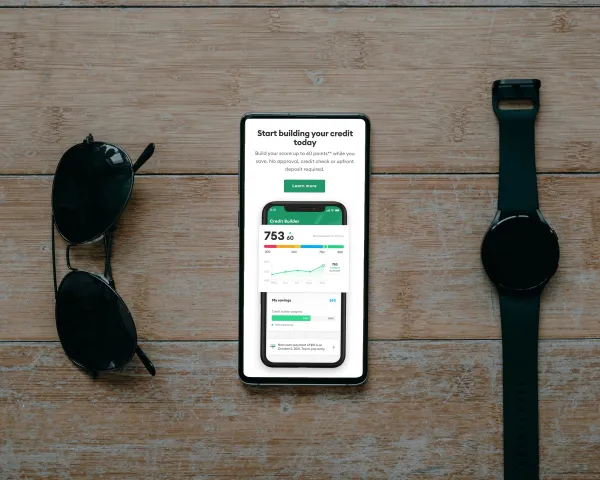
Loyalty Programs as Two-Part Tariffs and Price Discrimination
Two-part tariffs are one type of pricing structure in economics. In this situation, the consumer pays a fixed component (it could be a membership fee, a subscription fee, a sunk cost, etc.) and then pays a price per unit of consumption. It is similar to a loyalty program for airlines, hotels, or travel providers. A loyalty program may require an upfront cost or an ongoing commitment and rewards a consumer with something (which could be units or points or something like that) for each transaction. Many times when a consumer is at the top tiers of a loyalty program, and possibly receives a particular type of points, they have created switching costs that alter their behavior overtime. It is an important element of understanding for companies with employees who have job demands that include frequent travel.
Status Tiers and Switching Costs
The purpose of status tiers is to develop loyalty to a specific ecosystem. Once an employee achieves "Gold" or "Platinum" by accumulating nights or miles, they are more likely to book with that same chain instead of looking for a cheaper alternative. This can be beneficial from the firm’s standpoint by either taking advantage of the behavior through policy alignment (booking with that specific airline, or hotel, etc.) or wasting it, if the employee is making ad hoc decisions.
Switching costs (as experienced in the loss of points, upgrades, or simply moving slower to get to elite status) can create scenarios of employees opting to book a higher fare because of the personal benefit to themselves. This is economically expressed as a principal–agent problem, where the traveler is maximizing his or her personal utility, but the firm seeks to minimize cost. Taking away the conditions where the employee generates personal gain through policy alignment can reduce this misalignment. Without proper systems in place, companies can face unnecessary costs and miss opportunities to capture the benefits of loyalty alignment.
Points Breakage and Intertemporal Price Discrimination
A key to loyalty programs’ profitability is the phenomenon of “breakage” – the proportion of the rewards that are never actually redeemed. According to Deloitte, global airlines and hotels report breakage of anywhere from 15% to 30% of points issued, climbing into the billions of dollars worth of unredeemed liability. This means that employees are consistently overvaluing the rewards that they believe they are going to redeem, while the provider ultimately benefits from the portion of rewards that expire.
Essentially, this dynamic emerges as a form of “inter-temporal price discrimination.” Employees are effectively “paying” today with more expensive bookings for some uncertain payoff in the future. The provider captures consumer surplus by simply spacing the benefit over time, while the firm absorbs the more expensive transportation expense. Companies that negotiate corporate redemption rules, pooled accounts, or collected point usage can reclaim some of the surplus amount.
Leveraging Perks to Reduce Per Diem Costs
Typically, a loyalty program will bundle attractive incentives, such as free breakfast, meal credits or meal reimbursements and a late check-out. Each of these incentives will have some impact on the firm's budget. If a hotel provides breakfast at no charge to the employee, the firm has essentially reduced the dollar amount of each meal reimbursed to the employee on a travel day. To 'un-bundle' and treat it as an average cost per meal would provide many fixed (the discount/benefit) but variable/realized savings across the total meals, perks and incidentals.
Policies that incentivize employees to stay at a limited partner chain can take advantage of this two-part tariff structure by committing employees to stay primarily at that hotel (a fixed cost), and she would hope for variable savings across the meals, perks and incidentals. In economic language, this is similar to 'bundling' in industrial organization theory: providing complimentary services at a bundled discount will combine some total welfare benefits if provided on behalf of the firm.
Fuel Cards as a Two-Part Tariff
A similar dynamic applies to fuel cards, which many companies issue to employees who travel frequently or manage fleets. The fixed element is the card membership or program enrolment, while the variable component is the per-unit cost of fuel. Just like airline or hotel loyalty schemes, fuel cards often include rebates, rewards, or reporting benefits that encourage employees to purchase from specific fuel providers. This creates switching costs that can alter behaviour over time, as drivers may bypass cheaper alternatives in favour of staying within the preferred network — again illustrating how two-part tariffs influence both firm costs and employee decisions.
Trade-Offs Between Utility and Savings
Companies must manage traveler utility (comfort, convenience, upgrades, etc.) with savings for the company. Blocking employees from being able to redeem or earn points may reduce compliance and morale, leading to "leakage" in the policy. Conversely, being somewhat too generous in the policy may incentivize behavior that moves costs in the other direction.
A possible solution could be shared-savings incentives - that is, if an employee chooses a flight/hotel below a certain dollar value, the employee shares in the savings with those savings being bonus points or personal travel points. This approach syncs principal and agent incentives by making savings personally rewarding while also saving total expenditure to the firm.
Conclusion
Loyalty programs are perfect examples of the two-part tariff model, which encompasses both an upfront sunk cost (status-seeking and switching costs) and a potential ongoing variable cost (per trip). If firms want to leverage switching costs, breakage, and intertemporal price discrimination, they can revise their travel policies to protect the benefits of doing so, rather than leaving it to chance. The takeaway for undergraduate students studying economics is obvious: pricing schemes are not a mere theoretical class exercise—they influence corporate spending that is very real.


